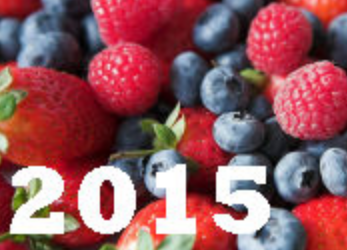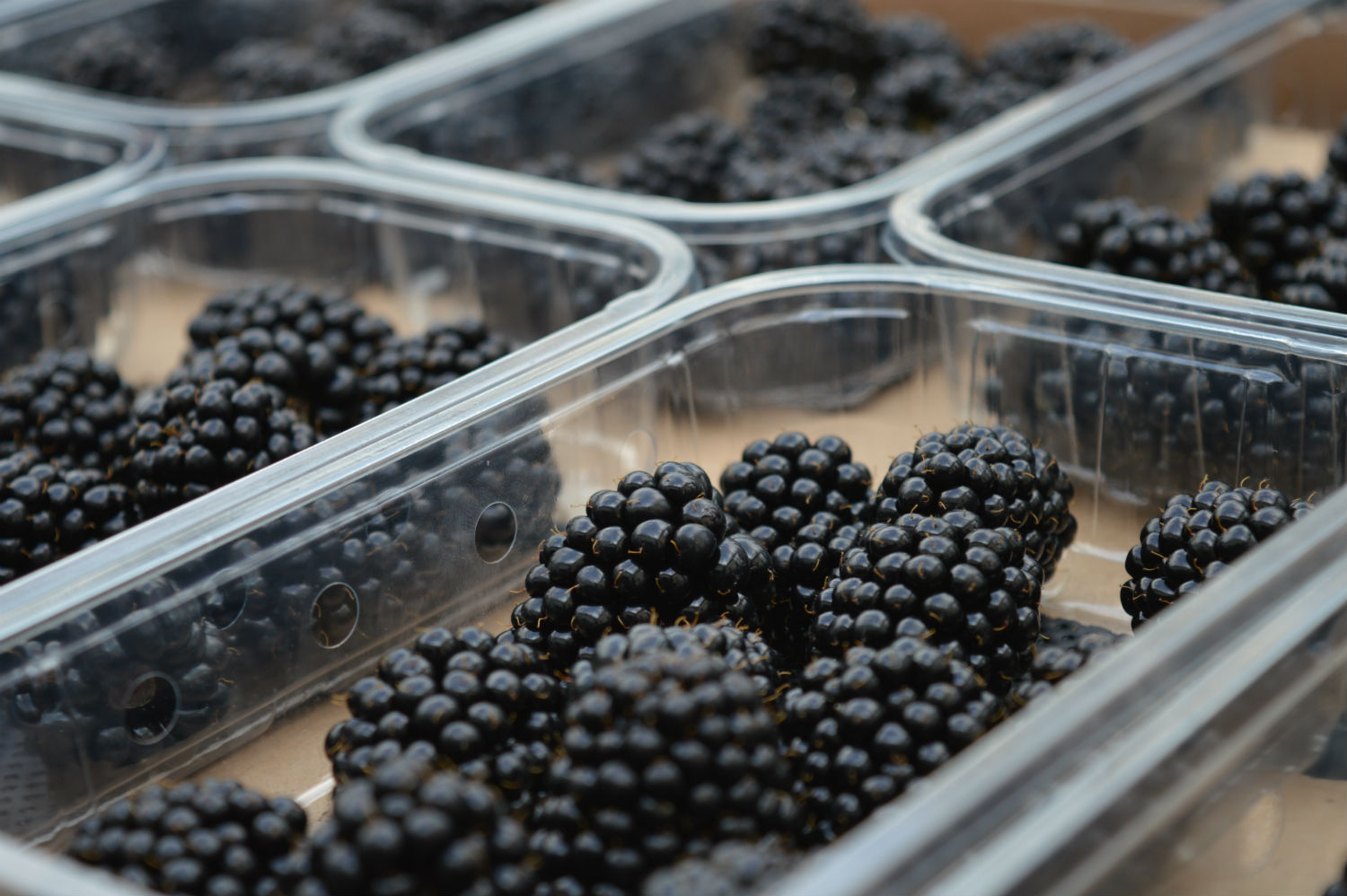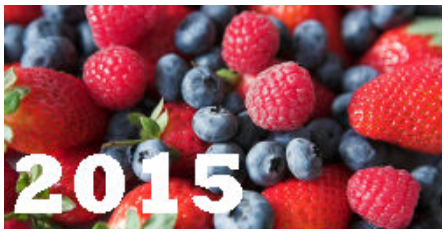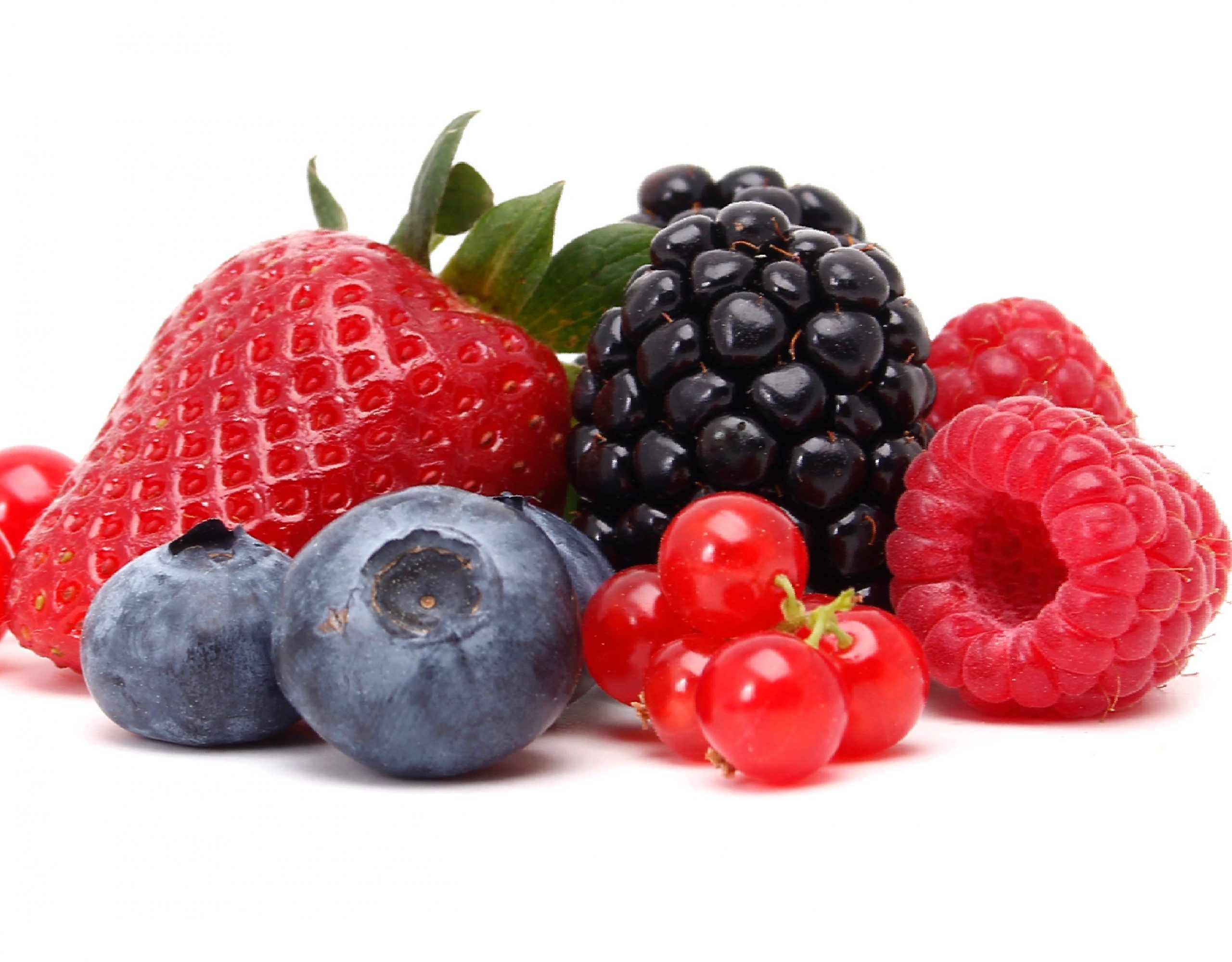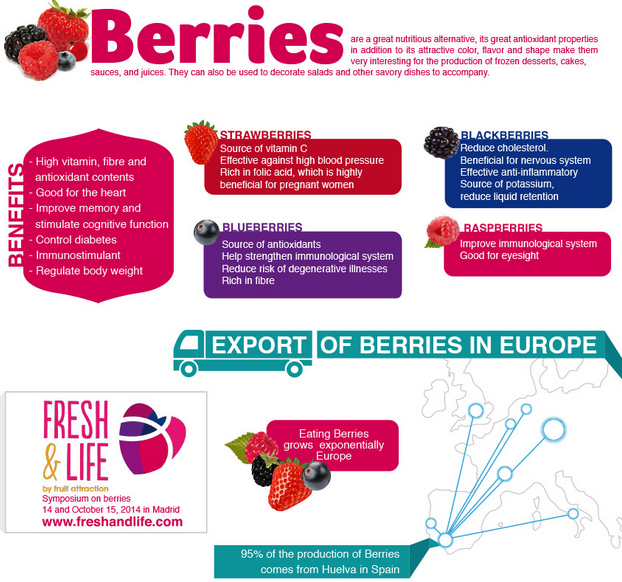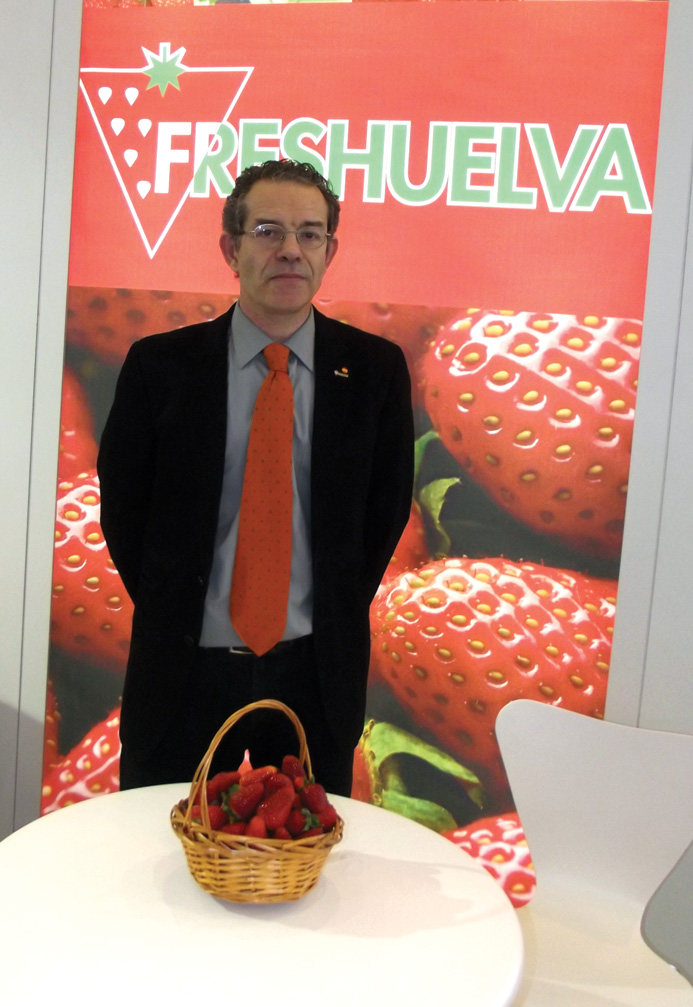
Berries feature in a special high-vitamin food to help keep astronauts healthy during long stints in space.
The advent of space stations means longer periods beyond Earth and thus more exposure to extreme conditions – including the effects of space radiation and microgravity. But Chinese scientists says they have developed a vitamin supplement compressed food that will help keep space travellers well and that tastes good, too.
China’s Harbin Institute of Technology – which has unique programs in the field of astronautics – is seeking a patent for the food, which is prepared from freeze-dried blueberry, honeysuckle, strawberry, raspberry, kiwifruit and blackcurrant powder.
It says in its patent application that these fruits are rich in vitamins and a low-temperature compressing technology is used to ensure the vitamins are not destroyed during processing.
“Because blueberries, indigo honeysuckle, strawberries, raspberries, kiwifruits, blackcurrant and other berries are used as the raw materials for preparing the special compressed food, …(it) can supplement the vitamins and other nutrients and also can well prevent a series of physiological changes of the astronauts due to the change of radiation intensity and gravity in space under long-term flight in extreme conditions, and particularly the extreme-environment induced oxidative damage to the bodies of the astronauts,” it says in the application, published by the World Intellectual Property Organization.
Blueberries, raspberries and strawberries are also among fruits NASA lists as among its baseline space shuttle food.
The issue of astronaut nutrition was in the news this week with images of astronauts eating red romaine lettuce grown aboard the International Space Station as part of NASA’s VEG-01 experiment (nicknamed “VEGGIE”).
Image: Computer-generated artist’s rendering of the completed International Space Station (2006), by NASA [Public domain], via Wikimedia Commons

